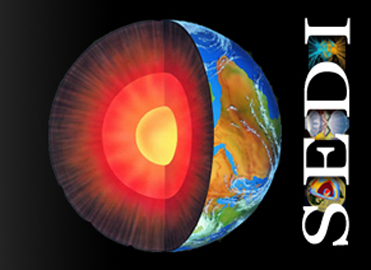 Associate professor Mathieu Dumberry had long wanted to host the SEDI (Study of the Earth's Deep Interior) Symposium.
Associate professor Mathieu Dumberry had long wanted to host the SEDI (Study of the Earth's Deep Interior) Symposium.
As a student, he had valued the small geophysics conference. "I really liked it because it was relaxed and you could talk to more established researchers," Dumberry says. "You don't usually have an opportunity to do that at a larger conference."
The chance to host SEDI arose sooner than anticipated. Dumberry had set his sights on bringing the symposium to the University of Alberta in 2024, after the conference took its turns in North America, with U.S. institutions hosting, then Asia and Europe. However, the realities of a new presidency with restrictive entry policies began to set in. "Some researchers were concerned that they would not be able to bring their research groups into the United States," says Dumberry. Along with fellow geophysicist Moritz Heimpel, Dumberry stepped up and offered to host this year's event at the University of Alberta.
The symposium is expected to draw about 150 delegates. While the conference is relatively small and specialized, the list of talks covers a spectrum of mantle and core study. A single track of programming encourages researchers to share knowledge and methods.
"At the University of Alberta, Mortiz Heimpel and I study the Earth's fluid core; we can work with Jeff Gu, who is using seismic waves to study the infrastructure of the deep interior," says Dumberry. "Activity in the solid mantle will affect the fluid core, and vice versa, but how exactly? Do the structures observed in the mantle by seismic techniques reflect differences in temperatures or chemistry? How have these structures evolved over time? SEDI brings together people with different expertise and different sets of tools to try to answer these questions."
While most of the topics of the week-long conference are focused on Earth, one session covers other planets. With streams of data from extraterrestrial missions, researchers now have access to an unprecedented amount of information about other planets. "For example, the Mercury MESSENGER mission gave us a much-improved picture of the magnetic field and gravity field of Mercury," says Dumberry.
Comparing observable phenomena between planets, including Earth, helps scientists understand the physics of planetary dynamics. "We can look into why some planets have a magnetic field or certain tectonic activity while others do not."
The 2018 SEDI Symposium takes place at the University of Alberta from July 8 to 13.